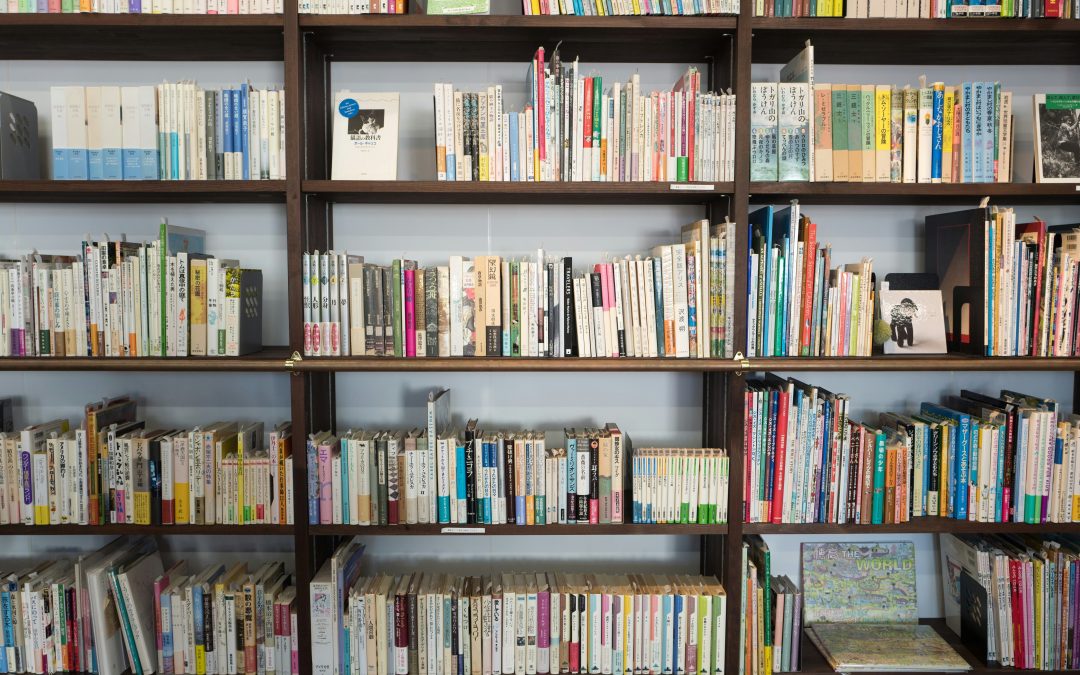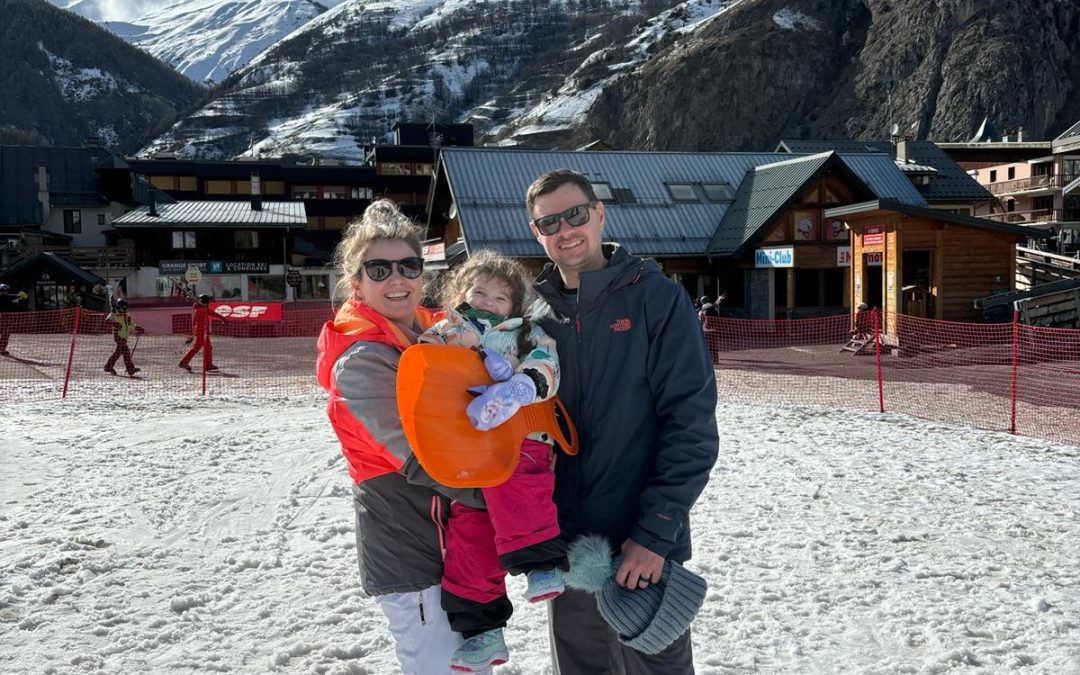Explore the Perdana Botanical Gardens
The Perdana Botanical Gardens, also known as Lake Gardens, are situated slightly outside of the city centre, but catching a Grab taxi to this stunning place is absolutely worth it. A welcome green refuge in busy Kuala Lumpur (KL), Perdana is about 92 000 hectares (227 acres) in size and a must-see attraction when visiting the city. The park first opened in 1888 and today it has a large lake, a Chinese herb garden, various sculptures, fountains and little waterfalls, a small deer park, and acres of perfectly manicured gardens, including special orchid and hibiscus gardens where you can see thousands of flowers in all shapes, colours and sizes.
In the middle of gardens, you will find the Laman Perdana – large arty “trees” that create a colourful covered space, perfect for concerts, art exhibitions and the occasional tai chi class that you should absolutely join. Even though Laman Perdana is definitely a popular spot, many consider the Sunken Garden the true jewel of the botanical gardens. A relatively new addition to Perdana, the Sunken Garden is a large circular garden surrounded by pergolas completely covered in Bauhinia kockiana climbing plants which, when flowering, encircle the entire space in a bright orange hue. In the centre of the garden there are benches and a star-shaped fountain that offer a welcome rest in the shade.
The botanical gardens are open each day from 09:00 until 18:00, and although it is free to enter on weekdays, there is a RM1 (R4,10) charge on weekends and public holidays. For more information and to check if any special events will be on during your time in Kuala Lumpur, visit the Perdana Botanical Garden’s official website.
Eat nasi lemak
Even if you don’t do anything else on this list, make sure you indulge in a plate of nasi lemak. This official dish of Malaysia is traditionally served as breakfast, but it is widely available throughout the day and can be enjoyed as a perfect little snack or as a main meal for lunch and dinner.
In its most basic form, nasi lemak is fragrant white rice cooked in coconut milk and pandan leaf, which is regularly used as flavouring in Southeast Asian dishes. In most cases, the rice will be served on a banana leaf with sambal – a spicy chilli paste, typically made from a variety of chilli peppers, shrimp, garlic, ginger, shallot, scallion, palm sugar and lime juice. It is also topped with ikan bilis (small dried white anchovies), skin-on peanuts, cucumber slices and a hard-boiled egg.
Cheap, tasty and with a bit of a kick, nasi lemak is really the true taste of Malaysia and sitting on a broken plastic chair enjoying this wonderful dish in the middle of a street or food market is simply fantastic.
Visit the KL Bird Park
If you are exploring the Perdana Botanical Gardens, make sure you pop into the KL Bird Park, also known as Taman Burung Kuala Lumpur. Covering just under 8,5 hectares (21 acres) of lush tropical rainforest, and dotted with footpaths and benches, the bird park is home to over 3 000 birds from 200 native and non-native species. KL Bird Park is divided into several different zones. In Zones 1, 2 and 3 birds fly, live and breed freely in an environment that closely resembles their natural habitat. This free-flight concept is what really sets KL Bird Park apart from other bird parks.
During the day there are various bird demonstrations and feedings throughout the zones, including two big shows at 12:30 and 15:30 held at Zone 4’s amphitheatre. Be warned that under no circumstances are you allowed to feed or disturb the birds. Many of the larger birds have sharp claws and bills and a few cheeky ones will peck without much warning.
Entrance is RM63 (R257,18) per person and the park is open daily from 09:00 until 18:00. The Hornbill Restaurant that is situated in the park, is a great place for lunch. It is also open every day from 09:00 until 21:00. For more information, please visit the KL Bird Park website.
Drink lots and lots of tea
Created by Indian immigrants who came to work and live in Malaysia, teh tarik quickly become a national favourite and is today one of the most popular drinks in Southeast Asia. Literally called “pulled tea”, teh tarik is made by repeatedly pouring from a height, back and forth between two cups, a mixture of strong black tea and condensed milk, giving it a creamy consistency topped with froth. The pouring also allows the tea to cool down to the optimal drinking temperature and as the ‘pulling’ really mixes the tea with the condensed milk, it has a strong, sweet flavour.
Teh tarik is either served as a creamy steaming cup of flavoured tea or cold over ice which helps against the heat. It is the perfect Malaysian drink that is available in almost every restaurant and cafe in the city.
Visit Chinatown
No visit to Kuala Lumpur is complete without a shopping trip to Petaling Street and the surrounding alleys which make up the KL Chinatown – considered by many the largest Chinatown outside of China! With thousands of shops, stalls and street hawkers, you can buy everything, from very authentic-looking Chanel and Louis Vuitton designer bags, to traditional Chinese herbs. There is something for everyone and when you are there, never pay the price on the tag. You are meant to haggle. Most things are priced at three or four times their value, so don’t feel bad offering a very low price. Chances are you’ll get a good deal if you stick to your guns.
Naturally there are also some great food options in Chinatown and with hundreds of restaurants and street food stands to choose from, you won’t go hungry. There are also many trendy bars and cafes in the area and you should definitely try a piece of burnt cheesecake at Cafe Etc.
After shopping and filling your belly, get a dose of culture at one of the many temples and religious sites. Taoist Guan Di Temple is over 120 years old and is possibly the most popular and beautiful temple in Chinatown. Easily recognisable with its bright orange facade, the temple is dedicated to Guandi, the Taoist god of war and literature, of whom there is a statue at the rear of the temple. There are incense sticks for sale and although it’s free to enter the temple which is normally full of tourists, remember it is first and foremost a place of worship, so be respectful of the surroundings.
Be warned, Chinatown is not the cleanest of KL’s neighbourhoods and seeing raw sewage flowing down the streets and even through the many small wet markets is not uncommon. Best to wear closed shoes and take some hand sanitiser.



















